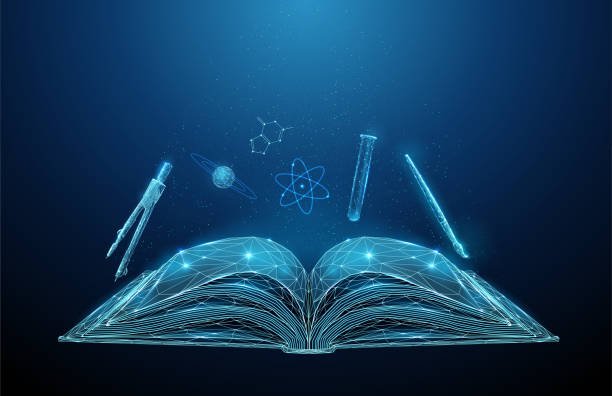Understanding the Quantitative Aspects of Chemical Change: A Grade 10 Perspective:
Grade 10 Physical Science: Quantitative aspects of chemical change, also known as stoichiometry, is a foundational concept in the realm of chemistry, especially at the Grade 10 level. It involves the quantitative relationships between reactants and products in a chemical reaction. An understanding of stoichiometry allows us to predict how much of a product can be made in a chemical reaction or how much of a reactant is needed to make a certain amount of a product.
Quantitative aspects of chemical change: grade 10
What is a Mole?
The mole is a fundamental unit in chemistry and is the bridge between the atomic world and the macroscopic world. The mole represents Avogadro’s number (6.022 x 10^23) of particles (atoms, molecules, ions, etc.). It provides a conversion factor between the number of particles and the mass of a substance, thus connecting the atomic and macroscopic worlds.
Balancing Chemical Equations
A balanced chemical equation is the first step towards understanding the quantitative aspects of chemical change. It helps in indicating the stoichiometric ratios between the reactants and products. The Law of Conservation of Mass states that in a closed system, matter cannot be created or destroyed. Hence, the number of atoms of each element must be the same on both sides of a chemical equation.
Molar Mass
Molar mass (grams per mole, g/mol) is the weight of one mole of a certain substance. It is the atomic weight of an element or the sum of the atomic weights of the atoms in a compound, expressed in g/mol. For instance, the molar mass of oxygen (O) is 16 g/mol, while that of water (H2O) is 18 g/mol (1.01 g/mol for each of the two hydrogen atoms and 16 g/mol for one oxygen atom).
Mole Ratios
Mole ratios or stoichiometric ratios, derived from the coefficients of a balanced chemical equation, provide the proportional relationships between reactants and products. For example, in the balanced equation 2H2 + O2 → 2H2O, the mole ratio of hydrogen to oxygen to water is 2:1:2. This indicates that two moles of hydrogen react with one mole of oxygen to produce two moles of water.
Limiting and Excess Reactants
In many chemical reactions, one reactant gets completely consumed before the others. This reactant is known as the limiting reactant as it determines the maximum amount of product that can be formed. The other reactants, which are present in quantities more than necessary, are called excess reactants.
Yield of a Chemical Reaction
The theoretical yield of a reaction is the maximum amount of product that can be formed from the limiting reactant. However, in reality, due to factors such as side reactions, incomplete reactions, and practical losses, the actual yield is often less than the theoretical yield. The percentage yield is a measure of the efficiency of a reaction and is calculated as the ratio of the actual yield to the theoretical yield, multiplied by 100%.
Conclusion
Understanding the quantitative aspects of chemical change is essential to make predictions about chemical reactions and to optimize their conditions for maximum yields. It’s also important for various applications such as industrial chemical production, medicine, environmental science, and more. The concepts of the mole, molar mass, balanced chemical equations, mole ratios, limiting reactants, and yield of reactions, form the cornerstone of stoichiometry and allow us to delve deeper into the fascinating world of chemistry.




